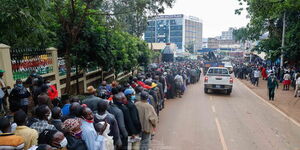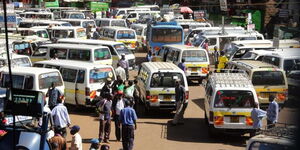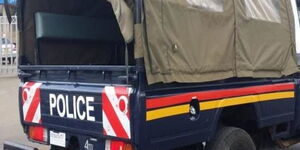The National Transport and Safety Authority (NTSA) has announced plans to initiate the inspection of heavy commercial vehicles in a bid to reduce the spate of road carnage.
Speaking during a safety awareness campaign in Diani on Sunday, the authority's board chair, Khatib Mwashetani, revealed that such vehicles, especially those weighing over five tonnes, were responsible for so many incidents, necessitating the step.
"Heavy commercial vehicles are not compelled to be inspected, but now we are putting on a regulation to ensure each and every commercial vehicle, before it finds its way on the road, has to be inspected because they are one of the biggest causes of incidents," he stated.
He further emphasised the need for collective responsibility, starting from pedestrians, bodaboda riders, and even commercial vehicle operators, to curb the heightened cases of road incidents.
According to Mwashetani, part of their plan to reduce the carnage would also include the sensitisation of road users like bodaboda riders.
We have decided, as NTSA, that the easiest way of communicating and sensitising on issues to do with safety is by coming together. For us to be able to reduce the carnage in the country, we have to obey the law. That is why our focus is mainly on bodabodas and other motorists," he added.
This mandatory inspection of heavy commercial vehicles comes just a few months after the authority published a draft of updated regulations for all commercial vehicles in the country.
In the draft, eight proposals were outlined in the document dubbed Draft National Transport and Safety Authority (Operation of Commercial Service Vehicles) Regulations, 2025. It was released in January 2025.
Among them was the mandatory third-party insurance cover and a valid vehicle inspection certificate, followed by installation of a speed limiter conforming to the applicable Kenyan standards stipulated by the Kenya Bureau of Standards (KEBS).
All commercial vehicles would also be required to have a vehicular telematics system and retro-reflective contour markings with a minimum width of two inches.
Where applicable, the vehicles should also be equipped with underride protection devices at the rear and sides of commercial vehicles.
The other two requirements were for every commercial vehicle to have an extinguisher and a first-aid kit inside the vehicle in an easily accessible position.












